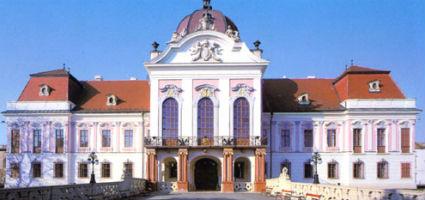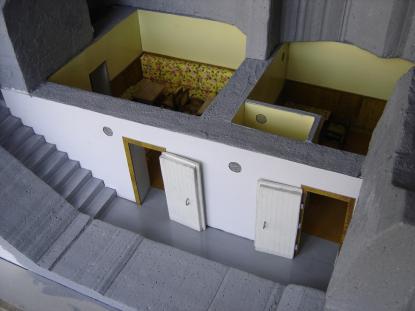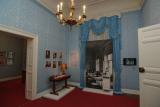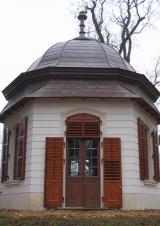2025. October 31. Friday
Museum of the Royal Palace at Gödöllő - Gödöllő
 |
Address: 2100, Gödöllő Grassalkovich Kastély
Phone number: (28) 420-331, (28) 430-864
E-mail: informacio@kiralyikastely.hu
Opening hours: 02.01-28.02: Mon-Sun 10-17
01-31.03.: Mon-Fri 10-17, Sat-Sun 10-18 01.04-31.10.: Mon-Sun 10-18 02.11-31.12.: Mon-Fri 10-17, Sat-Sun 10-18 |
One of the most respected noblemen of the 18th century, Count Antal Grassalkovich I (1694-1771) started the construction works of the Gödöllő Palace in 1735. The first contstruction phase lasted until 1749. This was the time when the first U-shaped wing embracing the inner courtyard was completed based on András Mayerhoffer's plans, including the ornamental hall and the noble suites.



